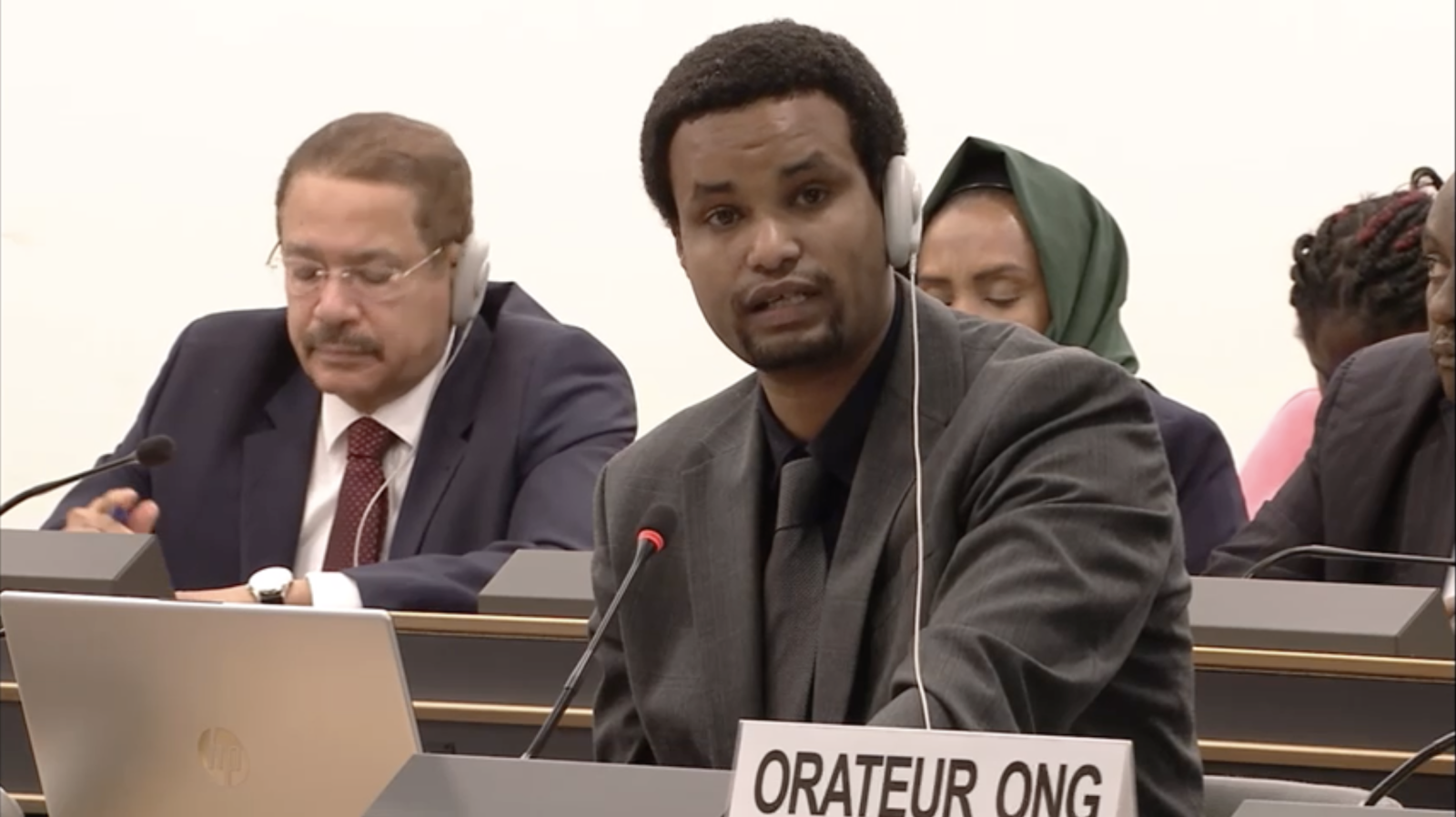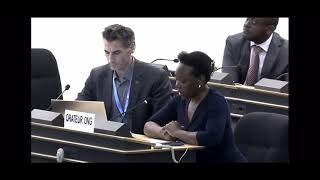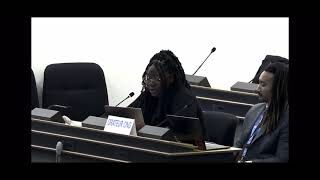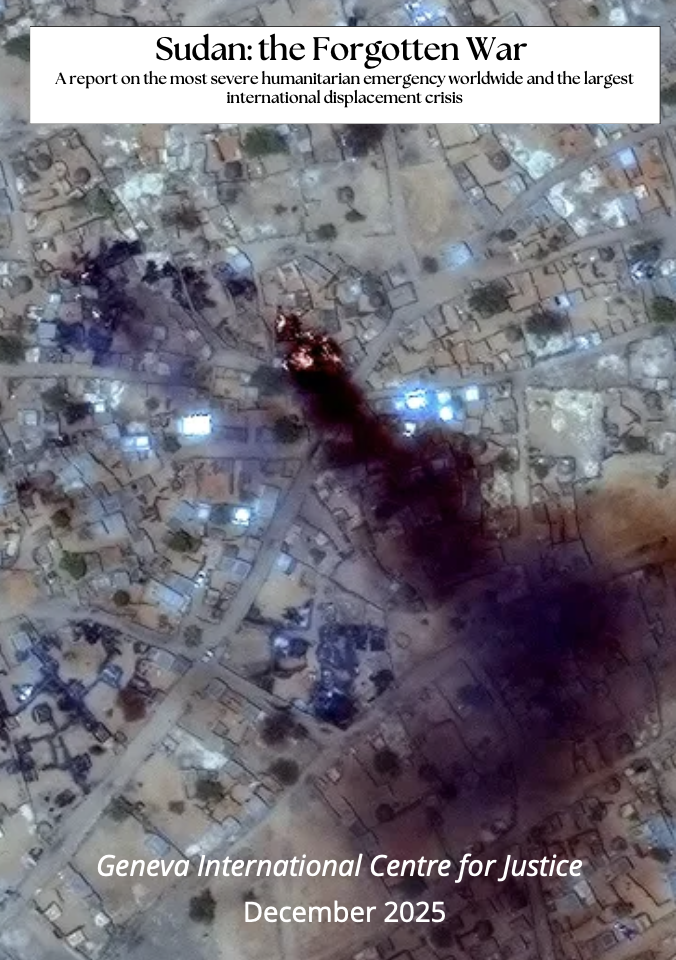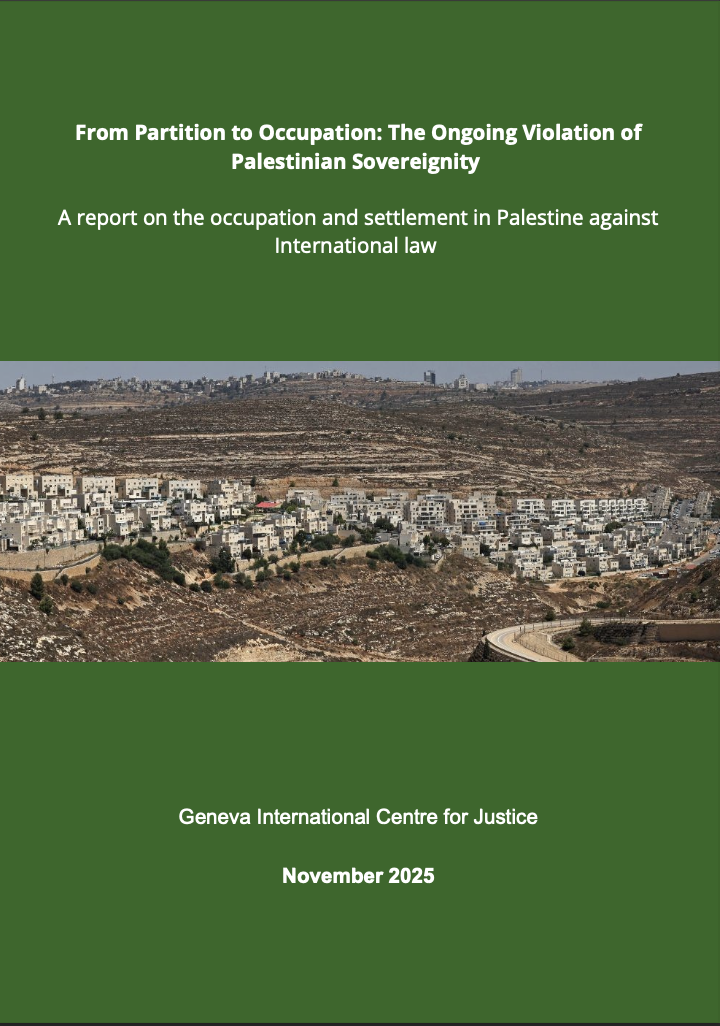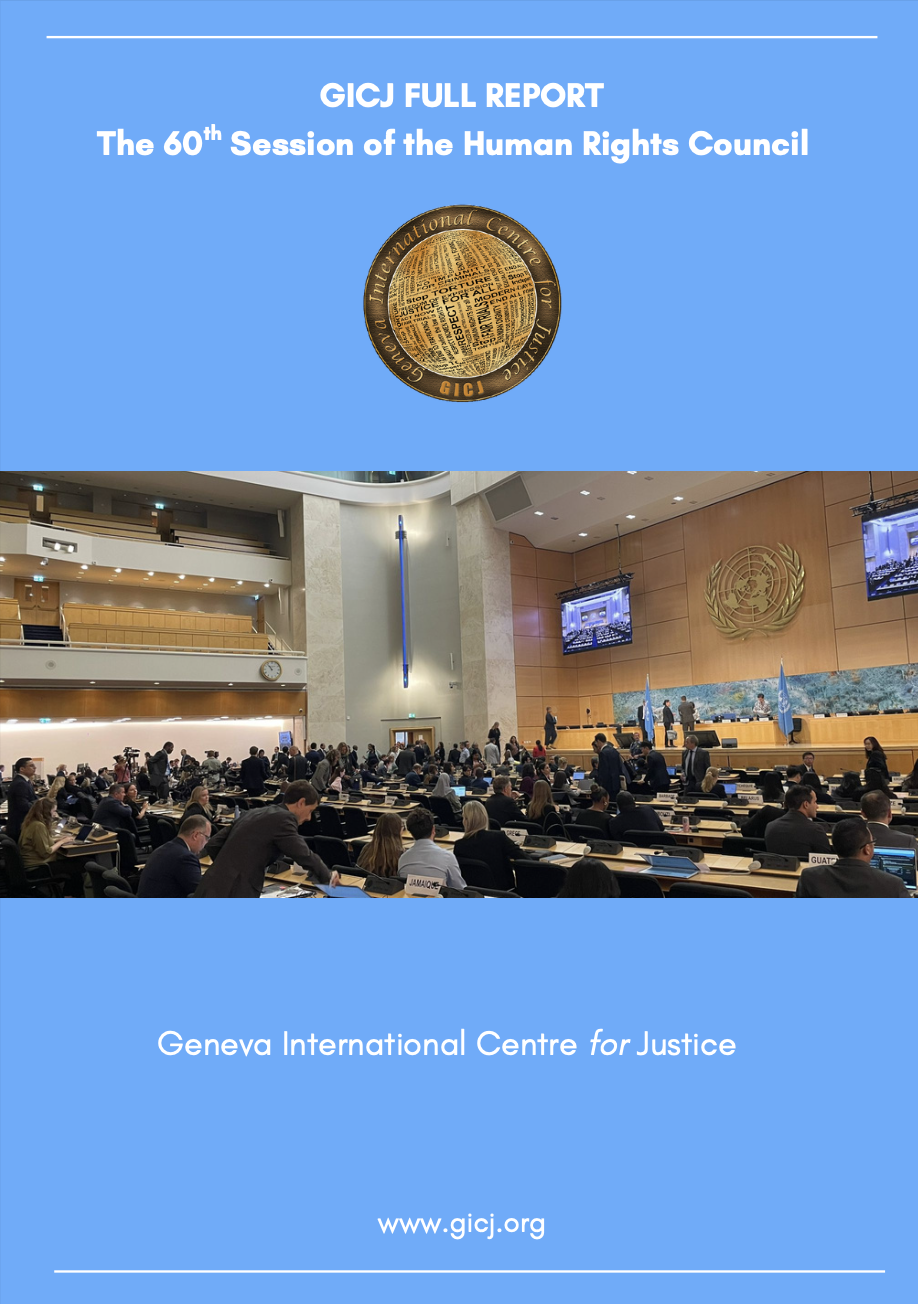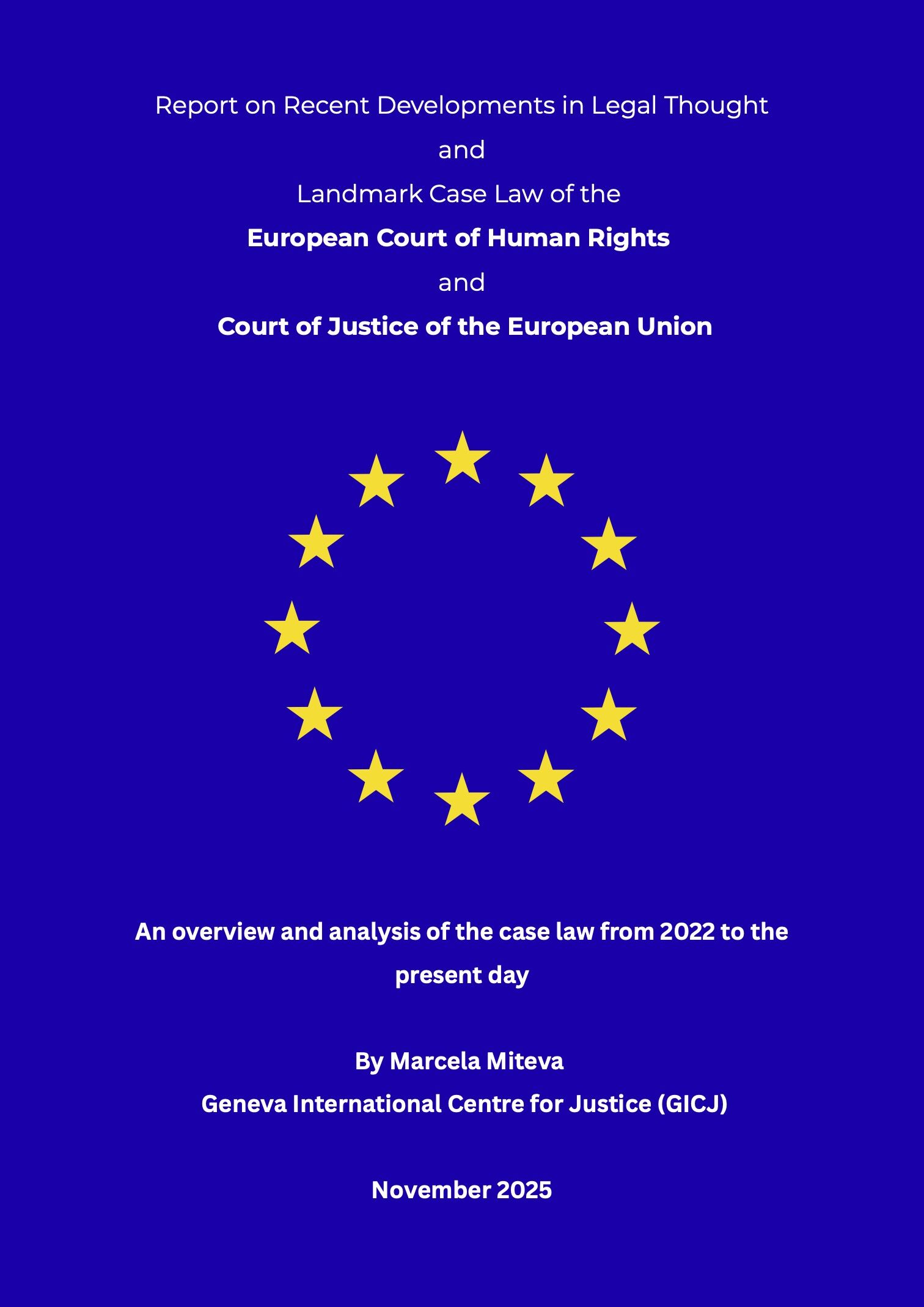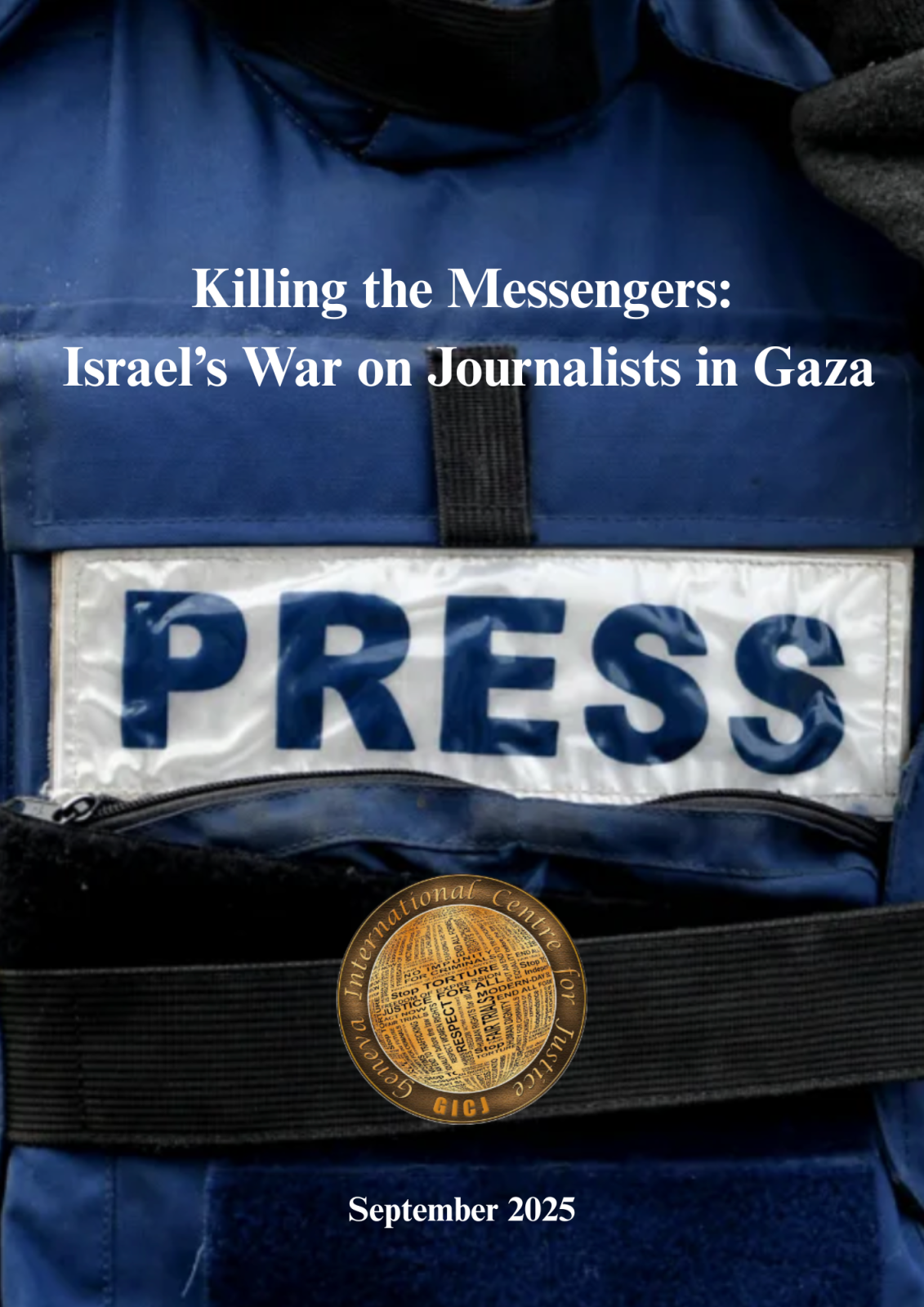International Youth Day- 12th August
By María Antonia Pulido / GICJ
Despite the fact that young people constitute half of the global population [1], they still encounter difficulties in expressing their daily challenges. As such, the observance of International Youth Day underscores the significance of empowering the next generation. Although there have been notable advancements since the inception of International Youth Day in 2000, Ms. Jayathma Wickramananyake, the UN Secretary-General’s Envoy on Youth, emphasised that young individuals are frequently "left behind, excluded, and marginalised" [2].
UN Action
In 1995, the General Assembly adopted the World Programme of Action for Youth (WPAY), which offered a "policy framework and national action, along with international support, to enhance the situation of young people worldwide" [3]. The UN has placed considerable emphasis on the WPAY to bolster national capacities in the realm of youth, culminating in the endorsement of International Youth Day on August 12th, 1999. This commemoration has empowered global youth to voice their concerns and shed light on their struggles. Similarly, in the context of the Sustainable Development Goals (SDGs) and the projected growth of the global young population until 2030, the UN has strongly emphasised the role of youth as catalysts for change. Through initiatives and actions, they have already made strides in advancing the SDGs and enhancing the well-being of people and the planet.
Youth Activism
Research establishes the significance of youth activism by indicating that movements with extensive youth participation on the front lines are more likely to succeed compared to those with less youth involvement [4]. Recent years have witnessed numerous instances of youth activism worldwide, addressing oppressive regimes, economic challenges, democratic setbacks, unsustainable practices, and ailing healthcare systems, among others. However, youth often find themselves marginalised within these movements. Despite the substantial risks faced by young activists on the front lines, they are frequently denied influence over movement strategy and seldom attain positions of political power even after successful nonviolent campaigns.
For instance, Iran, known as one of the "youngest countries," has more than 60 percent of its population composed of young Iranians. These youths have vocally protested human rights violations through large-scale demonstrations and protests. The tragic killing of Jina Mahsa Amini by Iran’s morality police in 2022 acted as a catalyst for widespread youth participation. Despite the oppressive regime and stringent social media controls, young Iranians have used platforms like TikTok to shape their worldviews and express their aspirations. Students have played a pivotal role in Iranian protests and strikes, demanding regime change and condemning security forces' brutality. However, this empowerment has resulted in violent clashes and the unfortunate deaths of at least 58 minors [5], underscoring the need for governments to heed youth concerns and seek peaceful resolutions.
Another noteworthy example is the youth mobilisation for peace in Sudan during the past five-year transition, advocating for a shift from military rule to democratic governance. In response to the ongoing violence in the country, youth-led initiatives are countering misinformation, providing humanitarian aid, and organising crowdfunding for essential supplies [6]. Sudan's youth have historically played a significant role in advocating for change, leveraging innovative and nonviolent approaches. They harness social media to organise campaigns against the war and advocate for international intervention to halt hostilities. Despite challenges like burnout and safety issues, these youth leaders are vital in promoting peace and democracy. The international community should actively engage them in negotiations and ceasefire monitoring to support Sudan's path toward stability and prosperity.
This year’s theme - “Green Skills for Youth: Towards a Sustainable World”
According to a UNDP report, "youth are some of the most vulnerable to the lifelong environmental effects caused by climate change" [7]. Recently, young climate activists have sought to raise awareness about climate change as a global emergency by staging protests in museums and targeting renowned artworks, including pieces by Vermeer, Klimt, Munch, and Van Gogh. While avoiding permanent damage to art, these demonstrations involve actions like throwing paint and food or adhering to frames. These protests have gone viral on social media, sparking an ethical debate about their effectiveness as protest tactics. Regardless of whether these actions are deemed right or wrong, they manifest the eco-anxiety experienced by youth, negatively affecting their "emotional and psychological wellbeing" [8]. Young individuals are fervently advocating for corporations and the world to acknowledge their concerns regarding climate change risks. In this context, this year’s Youth Day theme centres on a shift toward an environmentally sustainable and climate-friendly world, aiming to realise the SDGs. The slogan "celebrating ways youth lead as agents of change for the global goals" encapsulates the transition from eco-anxiety to proactive measures and the development of green skills, encompassing "knowledge, abilities, values, and attitudes needed to live in, develop, and support a sustainable and resource-efficient society" [9].
Instances of proactive action to combat climate change and unsustainable practices abound. Ecuador heavily relies on oil extraction for its economy, leading to the exploitation of natural resources, including the Ecuadorian Amazon, despite its designation as an Intangible Zone in 1998 due to its rich biodiversity. To safeguard the environment, biodiversity, and indigenous communities, local organisations and young climate activists have united against oil drilling and its detrimental impact on climate change. This nonviolent fight and mobilisation have resulted in a landmark court decision allowing the rejection of an oil project through a popular referendum, currently underway in the country.
Another notable example of youth-driven change is the activist group Bye Bye Plastic Bags, founded by sisters Isable and Melati in Bali to combat plastic bag production on the island. Through their initiatives and advocacy in international forums, which they began when they were 13 and 15 years old, respectively, they voiced concerns about excessive plastic usage and pollution. Following years of mobilisation, alongside local organisations and activists, the Bali Governor announced a ban on single-use plastic by June 2019, with a six-month "warm-up" period. The ban was officially enacted by the end of 2022, effectively eliminating single-use plastics on the island [10]. These instances of youthful determination, whether opposing oil drilling in Ecuador or combatting plastic pollution in Bali, serve as inspiring examples of change that underscore the pivotal role of youth in driving the shift towards an environmentally sustainable and climate-friendly future.
Geneva International Centre for Justice (GICJ) recommends that states align with the UN youth agenda and concentrate efforts on empowering youth, fostering collaborative opportunities for a peaceful and sustainable future. GICJ urges states to acknowledge the significance of young people's perspectives, advocating for measures that empower all young individuals to achieve their full potential, access necessary resources, and contribute to decision-making at all levels. States are encouraged to invest in programs that promote political engagement, facilitating the transition of young activists from grassroots advocacy to political leadership.
International Youth Day, Youth, Ageism, Intergenerational, Solidarity, Justice, Geneva, geneva4justice, GICJ, Geneva International Centre for Justice
[1] United Nations. (n.d.). International youth day. United Nations. https://www.un.org/en/observances/youth-day
[2] United Nations. (n.d.-b). Youth forum: Un chief calls for “tangible improvements” in the face of injustice, Poor Governance | Naciones Unidas. United Nations. https://www.un.org/es/node/134830
[3] United Nations. (n.d.-c). Youth. United Nations. https://www.un.org/en/global-issues/youth
[4] Cebul, M. D. (2023a, January 20). Youth activism: Balancing risk and reward. United States Institute of Peace. https://www.usip.org/publications/2023/01/youth-activism-balancing-risk-and-reward
[5] Bazoobandi, S. (2023, January 2). Iran’s uprising and the Tiktok Generation. Carnegie Endowment for International Peace. https://carnegieendowment.org/sada/88707
[6]Palermo, R., & Porras Reyes, P. (2023, May 2). Amid Sudan’s chaos, youth groups work for peace. United States Institute of Peace. https://www.usip.org/publications/2023/05/amid-sudans-chaos-youth-groups-work-peace
[7] Ingaruca, M. (2022). (rep.). Aiming Higher, Elevating Meaningful Youth Engagement for Climate Action. UNDP. Retrieved from https://www.undp.org/sites/g/files/zskgke326/files/2022-05/UNDP-Elevating-Meaningful-Youth-Engagement-for-Climate-Action-2.pdf.
[8] Ingaruca, M. (2022). (rep.). Aiming Higher, Elevating Meaningful Youth Engagement for Climate Action. UNDP. Retrieved from https://www.undp.org/sites/g/files/zskgke326/files/2022-05/UNDP-Elevating-Meaningful-Youth-Engagement-for-Climate-Action-2.pdf.
[9] United Nations. (n.d.). International youth day. United Nations. https://www.un.org/en/observances/youth-day
[10] Louise. (2022, June 9). Hot news: Bali is finally re-instating the ban on single-use plastic, with the aim of being plastic-free by the end of 2022. Honeycombers Bali.




